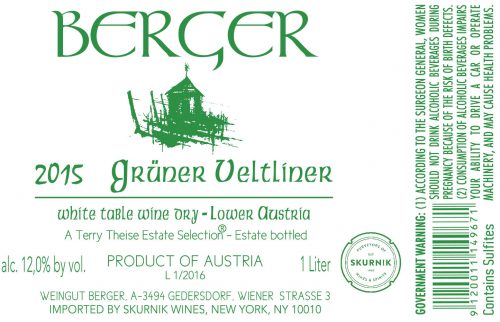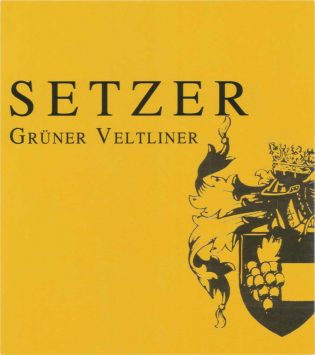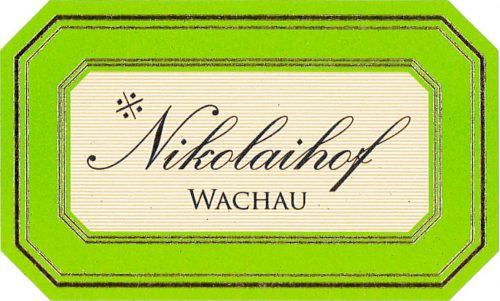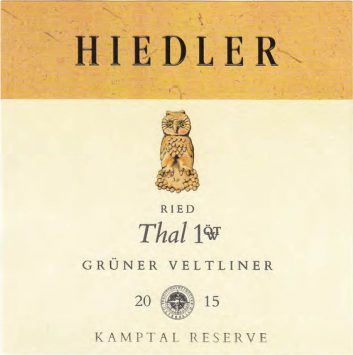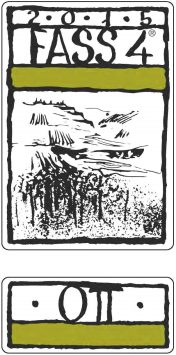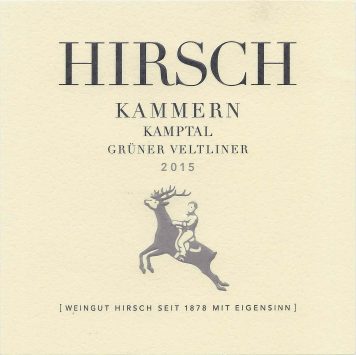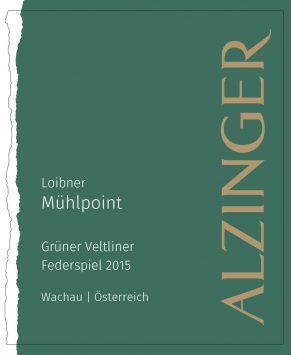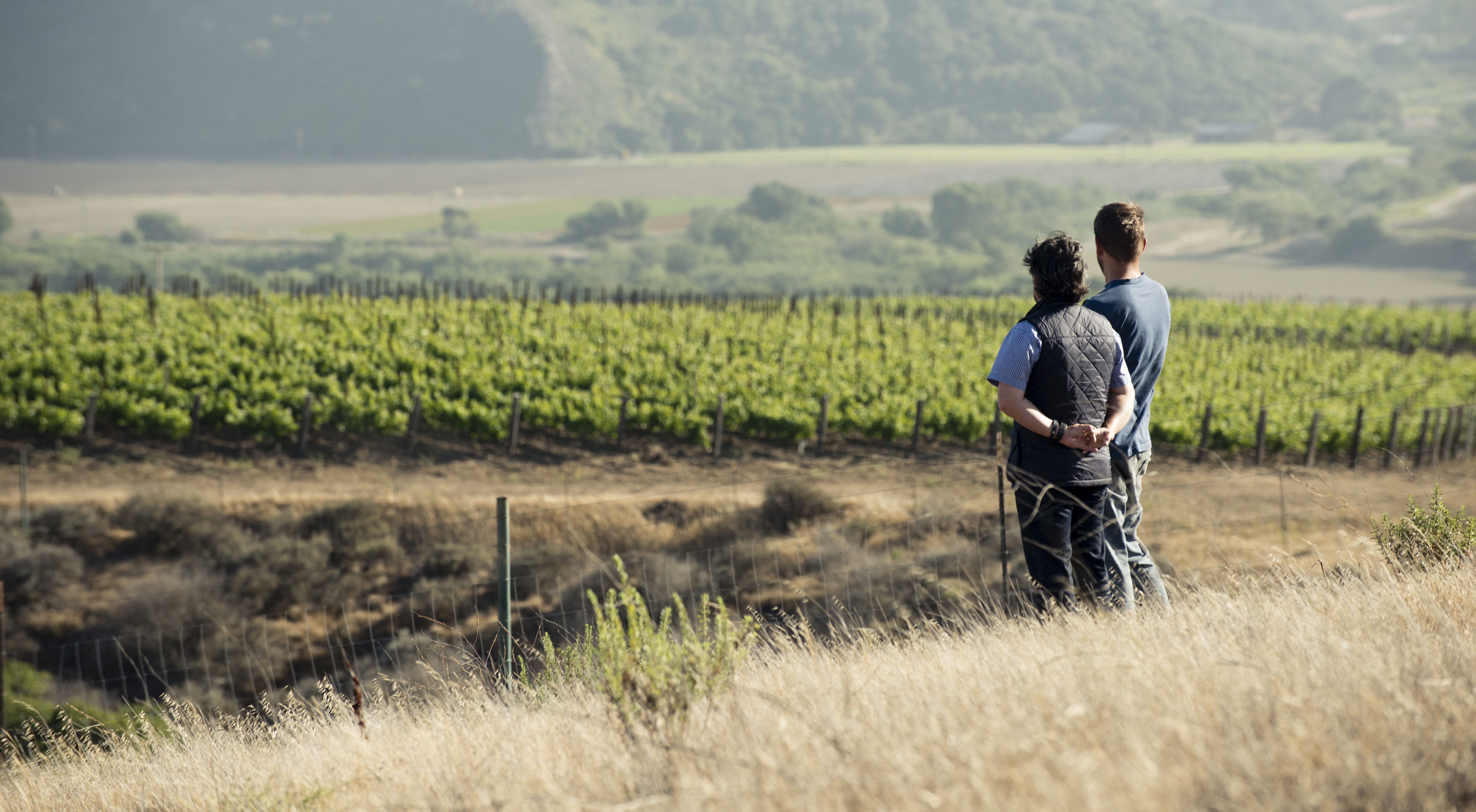Grüner Veltliner, like Riesling, is a grape that creates an incredible array of wines from long-aging, richly-dense, fruited wines to high-toned, electric, and racy versions. Its history begins in Austria where it is still the grape supreme. But for many American wine-drinkers Grüner Veltliner burst onto the scene in the early two-thousands. Forward-thinking restaurateurs and retailers started to look beyond the Sauvignon Blanc, Pinot Grigio and Chardonnay which had come to dominate the American wine scene. Most Americans were introduced to the grape in the form of expensive crown-capped liter bottles that began to appear on retail shelves and wine lists. As demand increased the wine-drinking public developed an appetite to see what this “GV” grape could do. Wine critics such as the NY Times’ Eric Asimov championed the grape. In 2003, Asimov wrote in the NYT: “Austrian winemakers have been turning up in the wine capitals of the world and whispering in the ear of anyone who would listen: ‘Austrian wines are the wine world’s best-kept secret.’ Well, they are a secret no longer. The Austrians have let their oenological cat out of the bag, and the wine world is a better place for it.” Around this time we started to see more and more Grüner Veltliner from some of the greatest Austrian growers picking up steam in the US. Though the initial heat of the boom has subsided, Grüner Veltliner has cemented its place on the shelf and in our wine repertoire. The friendly liters and the “Erste Lage” (Premier Cru) bottlings are readily available state-side these days.
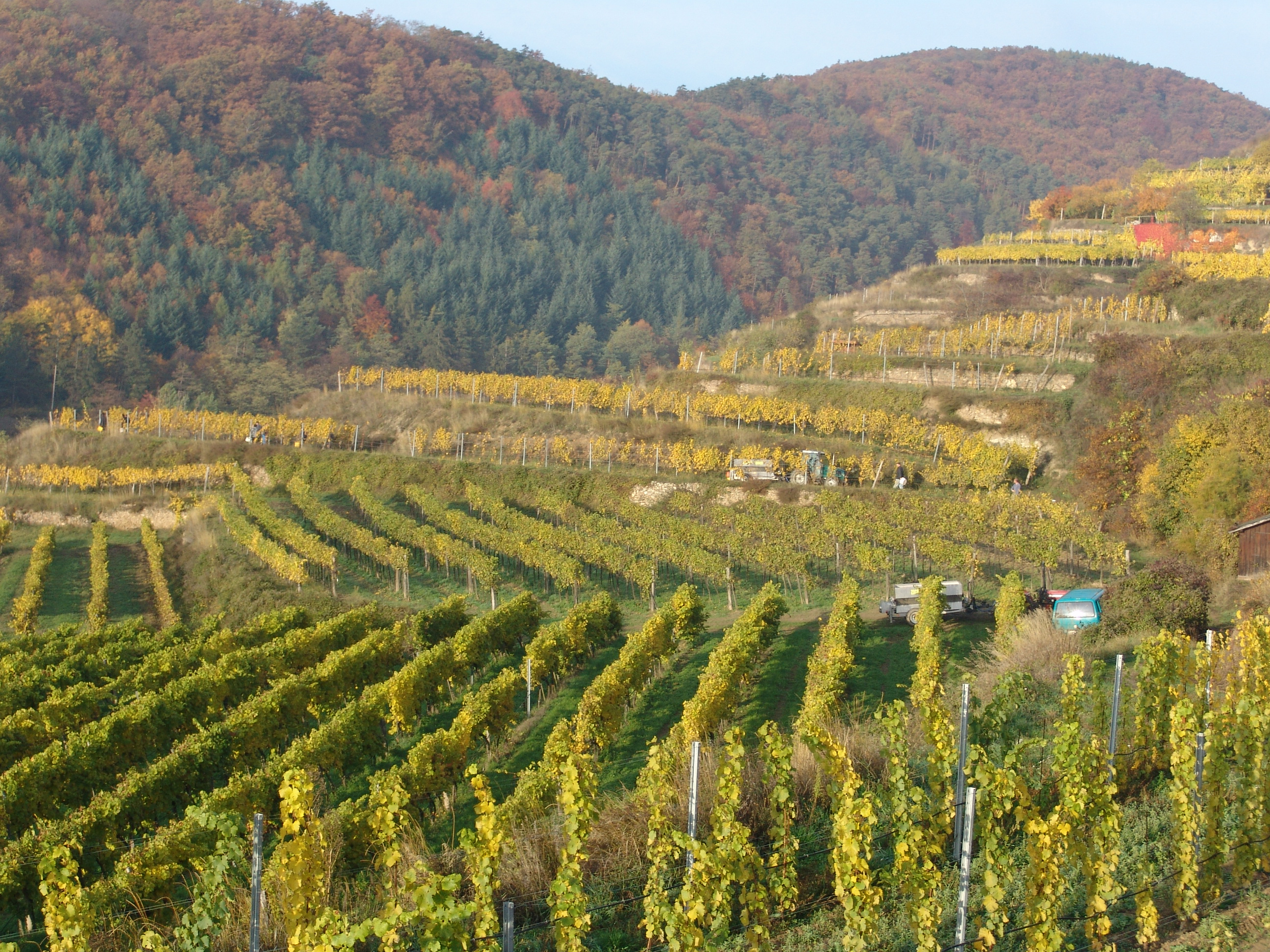 The history of Grüner Veltliner dates back to the mid-1800’s in its ancestral home of Austria. At the time it was one of many varieties commonly grown. As Vienna and its citizen began to recover from the Second World War, they sought weekend trips to the near-by countryside to escape the hustle and bustle of the metropolis. They would gather in “Heuriger,” an Austrian term for legally designated wine-taverns owned and operated by wine-growers. These taverns offered the people of a reviving Austria an opportunity to eat, drink, and be merry. Heuriger are beloved by Austrians for their “Gemütlichkeit” a German word roughly translating to coziness or warm familiarity. In this atmosphere, Grüner Veltliner quickly became the favorite variety of heuriger patrons. Wine growers began focusing more and more on Grüner Veltliner as they realized its capacity to make wines of unique depth and character. Today, one half of Austria’s white vine acreage is Grüner Veltliner and it is by far Austria’s most distinctive contribution to the wine world.
The history of Grüner Veltliner dates back to the mid-1800’s in its ancestral home of Austria. At the time it was one of many varieties commonly grown. As Vienna and its citizen began to recover from the Second World War, they sought weekend trips to the near-by countryside to escape the hustle and bustle of the metropolis. They would gather in “Heuriger,” an Austrian term for legally designated wine-taverns owned and operated by wine-growers. These taverns offered the people of a reviving Austria an opportunity to eat, drink, and be merry. Heuriger are beloved by Austrians for their “Gemütlichkeit” a German word roughly translating to coziness or warm familiarity. In this atmosphere, Grüner Veltliner quickly became the favorite variety of heuriger patrons. Wine growers began focusing more and more on Grüner Veltliner as they realized its capacity to make wines of unique depth and character. Today, one half of Austria’s white vine acreage is Grüner Veltliner and it is by far Austria’s most distinctive contribution to the wine world.
Grüner Veltliner uniquely adapted to the soils along the Danube and a wonderful symbiosis occurs between Grüner Veltliner and Riesling, the other prestigious white grape of Austria. (Though Riesling only makes up around 4% of the acreage.) In the lower-lying sites closer to the Danube River, loess (a conglomerate of wind-blown silt and clay) and loam (a dense amalgam of sand and clay) make up the great vine-growing sites. The hills primarily consisted of urgestein, a less hospitable primary rock. Grüner Veltliner needs the mineral-rich, water-retaining löss and loam to achieve its full potential. Therefore lower in the hills of such famous regions as the Wachau, Kremstal, or Kamptal vine-growers typically plant Grüner Veltliner, higher up the hills where primary rock predominates, Riesling is planted. Though this may sound counter-intuitive, Riesling needs to struggle in the primary rock in order to concentrate its flavors into the beautiful melody of Austria’s best Riesling wines. Both varieties have their place and achieve a harmonious balance in the vineyard of the diligent vine-grower.
So what does Grüner Veltliner taste like? Though a minuscule amount of sweet Grüner Veltliner is produced 99.9% of the GV imported in to the US is dry. There are the light, easy-going, cheerful Grüner Veltliners sold in liter-bottles with a pop-top or screw caps by Hofer, Setzer, or Berger in the Weinviertal and Kremstal regions. (This is the style most reminiscent of the sunny-sippers of the Heuriger.) In the hands of some of Austria’s greatest wine-makers, Grüner Veltliner can run the flavor spectrum from the rich, dense and heady wines of Nikolaihof (Wachau), Hiedler (Kamptal), and Ott (Wagram) to the digitally-crisp mineral-driven masterpieces of the likes of Johannes Hirsch (Kamptal) and Alzinger (Wachau). While others like Schloss Gobelsburg (Kamptal) and Weingut Bründlmayer (Kamptal) have wonderful wines all along the Grüner Veltliner spectrum. Neither style is better than the other. Instead, Austrian Grüner Veltliner shows the capacity of this grape to fit a wide range of needs, menus, and palates. Like great Austrian Riesling, Grüner Veltliner from top Austrian producers can achieve incredible aromatic depth in the cellar and age beautifully for many years. (Aged Grüner Veltliner and Riesling can often be hard to distinguish as the decades pass as Riesling tends to gain some weight and Grüner Veltliner tends to slim down.)
2015 Setzer Grüner Veltliner Liter
“Guess what? 2015 is just as wonderful here as it is everyplace else! That said, this is perhaps the lightest among this year’s Liters, though it’s wonderfully charming with its sweet hay and lentil flavors.”
2016 Hofer Grüner Veltliner Liter
“I tasted two lots (1602 and 1603), both of which were excellent, one quite rich and the other quite cressy and snappy. Both are the best in many years.”
2015 Nikolaihof “Hefeabzug” Grüner Veltliner
“This ’15 is wonderful, sweetly oystery aromas lead into a palate full of sweet energy; it’s long but not really a saline length, but more of a delicate floral chalkiness that coats the palate and doesn’t quit.”
2015 Hiedler “Thal” Grüner Veltliner
“GV at its closest to Viognier or Semillon. This ’15 has a round structure that wraps around you; it’s loessier than usual, but shows the typical fire-roasted pepper flavors; a very good vintage of this big juicy wine.”
2015 Ott “Fass 4” Grüner Veltliner
“This is considered by Ott to be his ‘serious’ GV for the table, and in ’15 it is really another type of wine entirely. Riper, bakier aromas, like a mini-Rosenberg; still some phenolics, it’s overall more spherical than linear; analog and savory; paprika and mint and a lot of grip. Starting to occupy a new country with this.”
2015 Hirsch Kammern Grüner Veltliner
“This replaces what used to be called “Heiligenstein,” which was confusing because there is also a Grosslage with that name. Our newly named fella is the bleed-off from Lamm, Grub and Renner, and this is among the best iterations of this wine ever. Exceptionally salty and with lots of the “flowering-fields” thing GV can show.”
2015 Alzinger Mühlpoint Grüner Veltliner Federspiel
“Really spicy now, and with more warmth, but still this cordial greeting, this easy grace; neither the attack of a cool year nor the enveloping generosity of a hot one, but some effortless accord between them. As if an idea, fulfilled, a reconciling, and while it seems to take place quietly, it clings and clings.”
2015 Schloss Gobelsburg Renner Grüner Veltliner
“When I tasted it I almost violently did not want to write a tasting note. It is a perfect vintage of this great, great Cru, and that’s all that needs to be said. The vineyard lies at the foot of the Gaisberg, on eroded gneiss with a lot of paragneiss, mica and amphibolite, all under a blanket of loess. Its wines are as good as the Lamm, which is a warmer site giving wines of greater amplitude and stature. Yet the quality of flavor and complexity of nuance are incomparable from Renner, and I had it next to the Lamm just to make sure I wasn’t being diddled by my subjective preference for minerality.”





